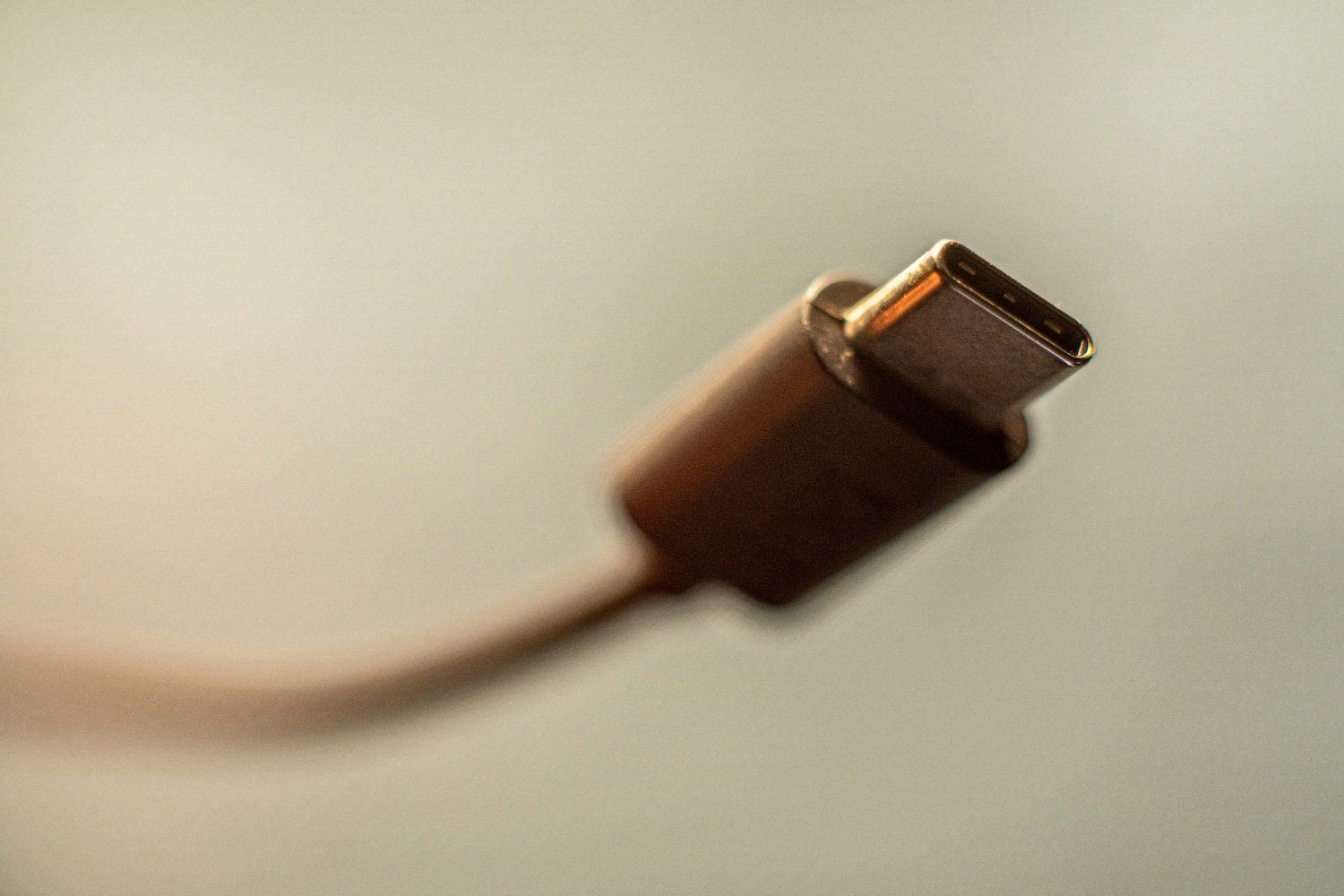USB-C will soon be the all-purpose charger in Europe. Many devices sold in the European Union have been required to have a USB-C port for charging since December 28. The rule applies to smartphones, tablets, headphones, digital cameras, portable consoles and other gadgets rechargeable with a wired cable up to 100 watts. Laptops will have a little more time to update, with a deadline set for April 2026.
No more charger jungle?
Why all this upheaval? Officially, Directive 2022/2380 aims to reduce electronic waste and simplify users’ lives. In short, no need to have a drawer full of different cables for each device. That’s the theory. In practice, there remain some unclear areas. For example, what about drones? These are not explicitly mentioned in the list of affected devices. For now, the European Commission promises to adjust the rules as technological developments and new products come onto the market.
Rest assured, if you have already adopted USB-C, this change will not disrupt your daily life. The majority of recent devices, including Android smartphones, already use this type of port. Even Apple, long addicted to its Lightning port, has finally come into line since the iPhone 15. But this rule does not mean the end of proprietary ports: as long as a device can be charged via USB-C, it is compliant to the directive. For example, MacBooks with MagSafe fall through the cracks since they can also be recharged via a USB-C port.
Another new feature: the simplification of fast charging. Today, it’s a bit of a mess with varying standards depending on the brand (SUPERVOOC, Dash Charge, etc.). From now on, all devices compatible with fast charging will have to support the USB Power Delivery (USB PD) standard. In theory, this will allow any fast charger to be used with your device. In practice, it may still take a little patience before everything is truly uniform.
Finally, prepare to no longer find a charger in the box of your devices. The directive encourages manufacturers to sell their products without a refill brick, in order to limit unnecessary duplication. A novelty which may surprise some consumers, but which should become the norm over time. To avoid unpleasant surprises, new pictograms will clearly indicate whether a charger is included and what the device’s charging capabilities are.
On paper, this directive has everything going for it. Fewer chargers to accumulate, more compatibility between devices, and gadgets that are a little easier to use. But everything is not yet perfect. Enforcement of the rules will fall on each member country, and it remains to be seen whether smaller manufacturers or imported products will follow suit as quickly as giants like Apple or Samsung.
For consumers, this change should make life easier, even if habits will not change overnight. Ultimately, USB-C is emerging as the new standard, and it might just make our drawers a little less cluttered. A small victory? It’s up to you to judge!
🟣 To not miss any news on the WorldOfSoftware, , .


/cdn.vox-cdn.com/uploads/chorus_asset/file/16294979/akrales_190522_3440_0029.jpg)









